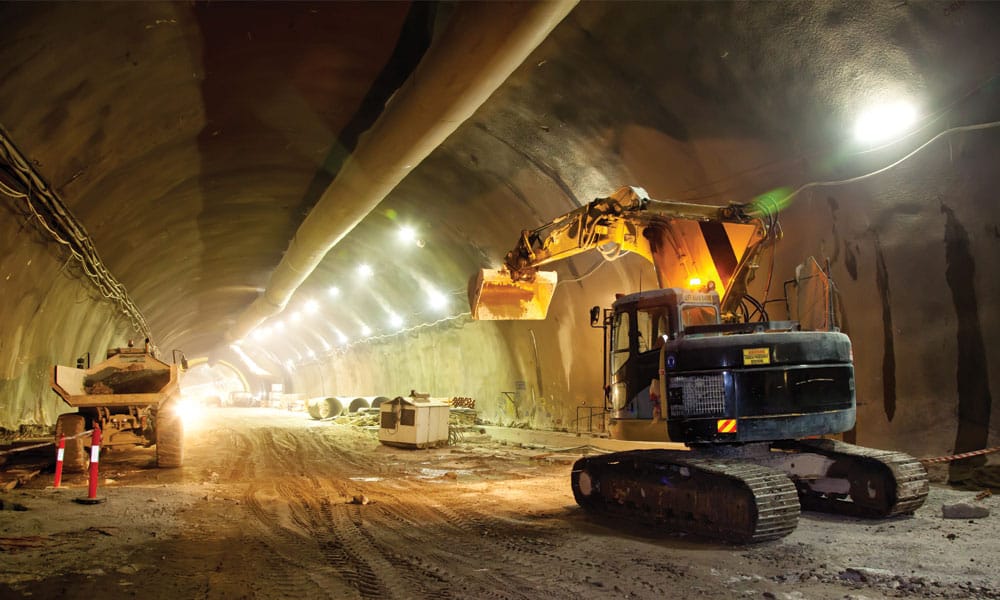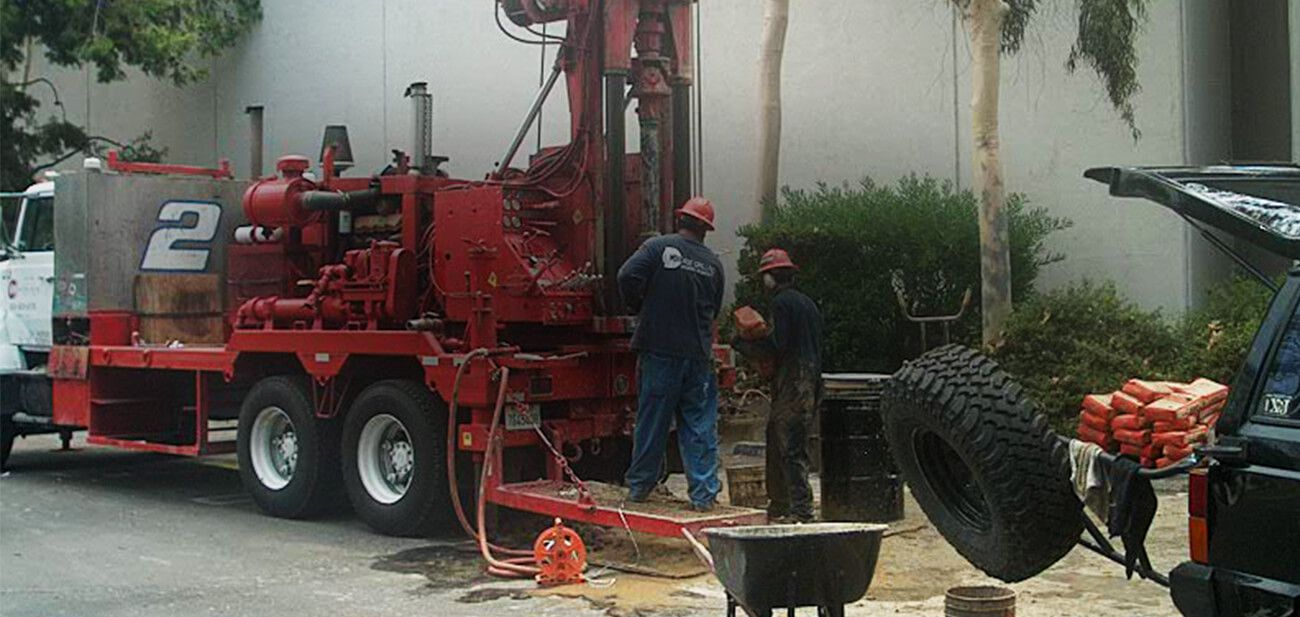Diving Into Geotechnical Providers: the Important Duty of Dirt Analysis, Earthquake Danger Analysis, and Geosynthetics in Structure Sustainable and Safe Structures
Dirt analysis, earthquake threat analysis, and the application of geosynthetics are important components that ensure the honesty and durability of structures. By comprehending the composition of the dirt, anticipating seismic risks, and incorporating cutting-edge materials, engineers can minimize dangers and enhance the strength of infrastructure.

Significance of Dirt Evaluation
Understanding the value of dirt analysis is important in making certain the structural stability and security of any kind of construction project. Soil evaluation gives essential info regarding the dirt make-up, strength, and potential risks that may impact the structure of a framework. By performing thorough soil analysis, engineers can identify the proper structure style, building and construction approaches, and necessary precautions to mitigate any potential risks.
One of the primary reasons soil analysis is vital is its role in identifying dirt residential or commercial properties that could impact the stability of a structure. Variables such as dirt bearing ability, negotiation attributes, and water material can significantly affect the architectural efficiency of a building project. Without proper dirt evaluation, the foundation may go to danger of resolving unevenly, causing architectural damage or even collapse with time.
In addition, dirt analysis helps in analyzing the threat of natural disasters such as quakes, floods, or landslides. By comprehending the soil's actions under different problems, designers can execute ideal procedures to improve the resilience of the framework and ensure the safety and security of passengers. geotheta. To conclude, dirt analysis is a basic step in the construction procedure that should never ever be overlooked
Assessing Quake Risks
Offered the vital role of soil evaluation in identifying architectural stability, it is imperative to likewise assess earthquake threats when planning and creating buildings and facilities. Quake risk evaluation involves assessing the possible seismic risks that a website might deal with based upon its area and geological qualities. This procedure aids programmers and engineers comprehend the degree of risk positioned by quakes and help in designing structures that can endure such events.
Examining quake risks usually entails researching historical seismic activity in the region, figuring out the website's closeness to mistake lines, and assessing the soil make-up to anticipate exactly how the ground will certainly react to seismic waves. By conducting a complete quake risk assessment, designers can implement ideal mitigation procedures, such as integrating seismic-resistant layout attributes right into structures, to boost their durability versus earthquakes.

Function of Geosynthetics
Geosynthetics play an essential function in improving the efficiency and sturdiness of civil engineering structures. One essential element of geosynthetics is their support capacity, where they can improve the strength of soils, offering improved support for roadways, embankments, and maintaining wall surfaces.
They are likewise used in water drainage applications to help with the reliable flow of water, preventing saturation and disintegration of soil. In enhancement to their technical features, geosynthetics are valued for their sustainability, as they can reduce the demand for natural sources and lower building and construction costs.
Structure Sustainable Frameworks
The implementation of ecologically conscious methods in construction is essential for cultivating the advancement of lasting structures. Building lasting structures includes making use of materials and style techniques that reduce ecological impact, minimize power consumption, and promote lasting resilience. Incorporating lasting practices such as utilizing recycled products, optimizing energy performance, and implementing eco-friendly structure qualifications like LEED can considerably enhance the environmental efficiency of a structure.
One secret element of structure lasting structures is the efficient use of sources. This consists of designing buildings that make best use of natural light, ventilation, and insulation to decrease the reliance on man-made lights, home heating, and cooling down systems. Additionally, integrating renewable resource sources such as photovoltaic panels or wind generators can better lower the carbon impact of a structure while additionally possibly decreasing lasting power prices.
Moreover, lasting frameworks often prioritize water preservation by including attributes like rain harvesting systems, low-flow components, and drought-resistant landscaping. By taking on these eco pleasant techniques, building and construction tasks can not just decrease their environmental impact but also add to developing much healthier and much more durable built environments for future generations.
Ensuring Safety And Security in Building And Construction
In the world of sustainable construction practices, a basic concern is making sure the security of all personnel associated with the structure process. Safety and security in building and construction includes various facets, consisting of the use of correct individual protective tools (PPE), adherence to security protocols, normal training on danger recognition and reduction, and the application of emergency feedback plans. Building and construction sites are naturally dangerous environments, with possible risks varying you can find out more from falls and falling challenge electric accidents and architectural collapses (geotheta). It is crucial for building companies to focus on safety procedures to prevent injuries and crashes.

Conclusion
Finally, dirt evaluation, earthquake threat assessment, and the usage of geosynthetics play critical roles in making certain the sustainability and safety of structures. By recognizing the residential properties look at more info of soil, reviewing earthquake risks, and utilizing geosynthetics for reinforcement, designers can build structures that are both resilient and resistant. It is critical for construction professionals to prioritize these geotechnical services to produce lasting and risk-free structures for check out here the future.
Dirt evaluation, quake threat analysis, and the execution of geosynthetics are essential parts that ensure the integrity and longevity of buildings. Dirt evaluation gives essential information about the dirt make-up, toughness, and possible dangers that may impact the foundation of a structure.One of the key factors dirt analysis is important is its role in identifying soil properties that could influence the security of a building.In conclusion, soil evaluation, quake risk assessment, and the usage of geosynthetics play critical functions in making sure the sustainability and security of structures. By recognizing the buildings of soil, assessing quake threats, and using geosynthetics for reinforcement, designers can develop structures that are both resilient and sturdy.